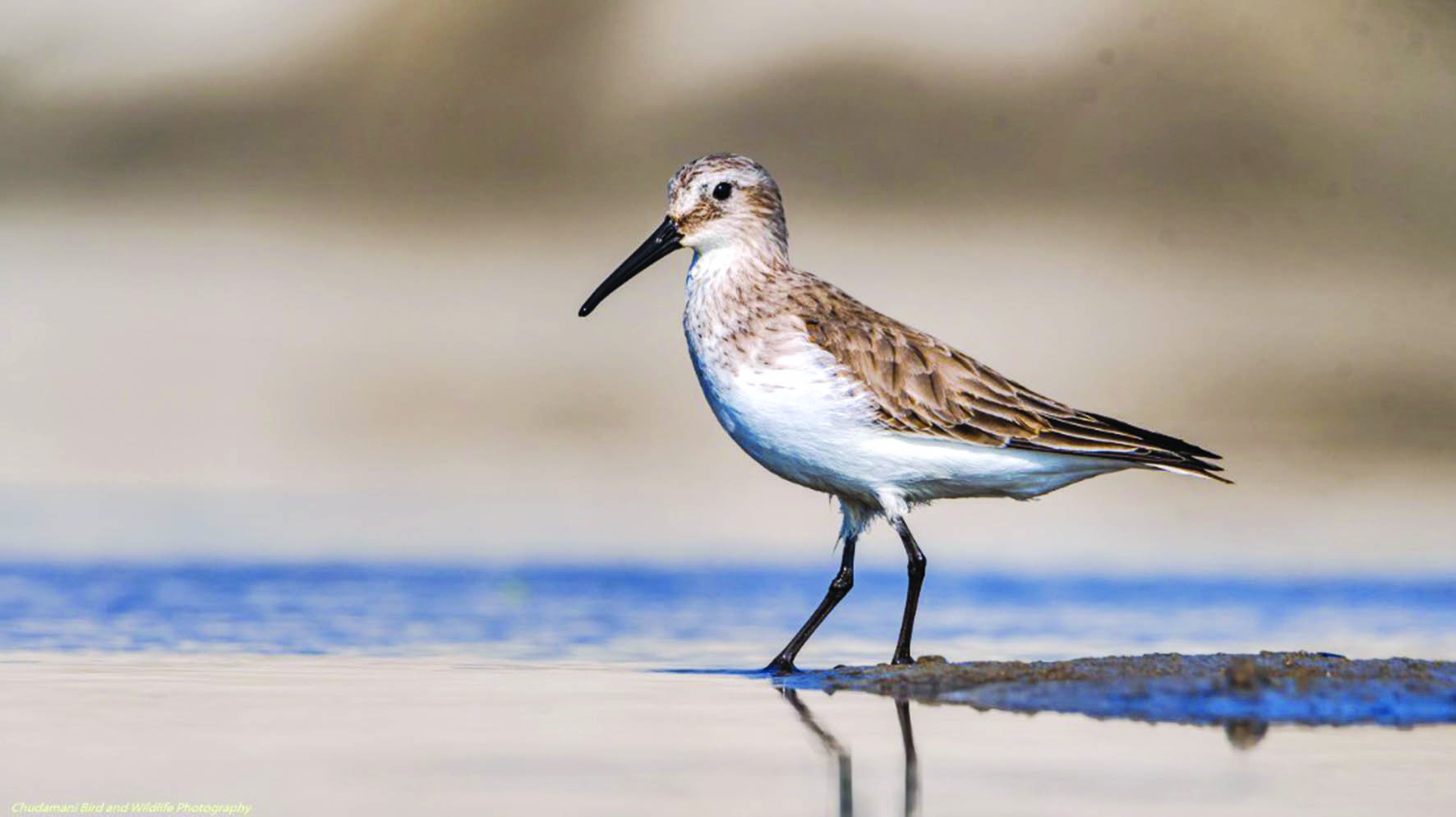Population of migratory waterbirds declines

By A Staff Reporter
Kathmandu, Jan. 30: The number of winter migratory waterbirds has declined throughout the country this year as compared to last year, a preliminary finding of the ‘Asian Water Bird Census 2021’ showed.
The census was conducted across Nepal from January 2 to 18.
Though the number of waterbirds has increased in some areas, most of the larger wetland areas like Jagdhishpur Reservoir in Kapilvastu district, which is a crucial habitat for waterbirds, has seen a massive decline, ornithologists said.
Last year, over 18,000 waterbirds were recorded in the Jagdhishpur Reservoir, but this year, only over 12,000 were recorded, said ornithologist Dr. Hem Sagar Baral, who is also the national coordinator of the census.
The number of waterbirds in the wetlands in Koshi Tappu, Suklaphanta National Park and Bardaiya Lake in Bardiya, also a critically important habitat of waterbirds, have also declined this year as compared to the previous year, Baral said.
The census was conducted mainly in the wetland areas of the Terai along with major lakes, ponds, and rivers throughout the country. Baral said, “After observing various wetland sites across the country, we concluded that the number of waterbirds has declined in some larger wetlands but in some, the number has increased. However, the overall population has decreased.”
Jagdishpur, which is home to the most number of waterbirds, has witnessed a massive decline in bird population this year, and that indicates the decline of individual waterbirds nationally, Baral said.
According to Baral, last year, around 69,795 waterbirds, both resident and migratory of almost 50 species, were recorded in the country.
The population of water birds has also declined in Bagmati and Taudaha this year. “If this trend continues, we will lose most of the wetland birds from the Kathmandu Valley,” Baral said.
According to Ramesh Chaudhary, president of Bird Education Society, the number of waterbird species has declined in Chitwan district this year as compared to last year.
He said that 55 species of waterbirds
were spotted in Chitwan this year. That number was 57 last year. Dunlin was the only species of waterbird not sighted during the previous census but was spotted this year, but this bird is not new to Chitwan, he said.
Other species -- Four Dunlins, Calidris Alpina -- were recorded for the first time during the Asian Waterbird Census despite being rare winter visitors to Chitwan, Chaudhary said.
According to Baral, the risk factors for such species are increasing due to a litany of problems: use of chemical fertilizers in agriculture, poisoning lakes for fishing, excessive use of pesticides, insecure power lines, poaching, not to mention the climate change.
As per the preliminary data, 19,544 birds of 62 species have been recorded in the Koshi River, whereas 21,744 waterbirds of 58 species were counted in the same area in 2019. In all, 16,012 birds of 61 species were recorded in the census conducted in 2020.
The census was conducted at Jagdishpur Reservoir, Bisahjari and Ghodaghodi lakes, which are listed in the world wetland area. Similarly, birds of other wetlands in Lumbini area, Sauraha, Bardiya, the Rapti River, Nawalparasi, Hetauda, Dang, Dhanusha, West Chitwan and Rupandehi’s Gaidhawa and Gajedi were also counted.
Recent News

Do not make expressions casting dout on election: EC
14 Apr, 2022
CM Bhatta says may New Year 2079 BS inspire positive thinking
14 Apr, 2022
Three new cases, 44 recoveries in 24 hours
14 Apr, 2022
689 climbers of 84 teams so far acquire permits for climbing various peaks this spring season
14 Apr, 2022
How the rising cost of living crisis is impacting Nepal
14 Apr, 2022
US military confirms an interstellar meteor collided with Earth
14 Apr, 2022
Valneva Covid vaccine approved for use in UK
14 Apr, 2022
Chair Prachanda highlights need of unity among Maoist, Communist forces
14 Apr, 2022
Ranbir Kapoor and Alia Bhatt: Bollywood toasts star couple on wedding
14 Apr, 2022
President Bhandari confers decorations (Photo Feature)
14 Apr, 2022










